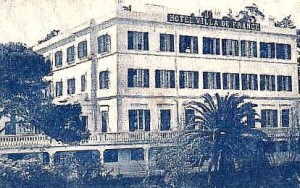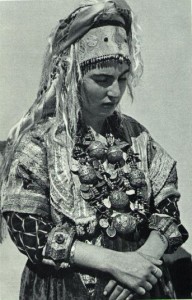The Hotel Villa de France in Tangier, Your Morocco Tour Guide
February 26th, 2015
The Moroccan port city of Tangiers (also known as Tangier, or Tanger in French) sits on the Straits of Gibraltar, staring right across the Mediterranean Sea at Spain. Sitting just east of Africa’s most north-westerly point, it has been a key point of exchange between the African and European continents…



